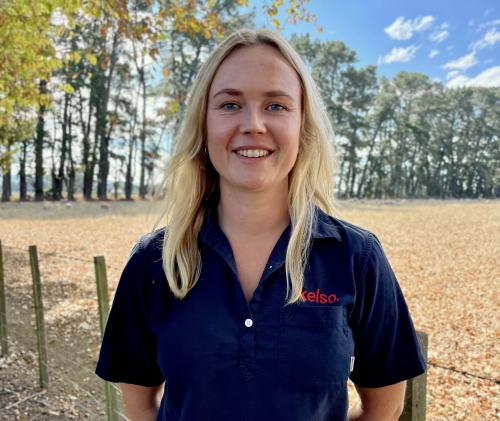Search results
Displaying 201 - 210 results of 922
- NewsTwo young farmers have been selected to participate in the 2024 Global Sheep Forum Next Generation programme, scheduled to take place in Australia from 3 to 10 August …

- Industry data… options considering greater use store market balance feed supplies demand from lambs … pasture north otago canterbury meant ready market store lambs considerable numbers were … proportion lambs some planning use store market more than previous years farmers …
- Resource book… consumers underpin country origin branding markets climate change mitigation resourcing … license country origin brand underpinned market access development integrated …
- Resource book… currently confident farm business can soak market volatility have concerns about costs … part natural way things dont know how cope market volatility concerned about costs … status quo have need make change coping markets cost regulation being prepared farm …
- Other PDF… deer farming industry farmers processors marketers promote assist nzs deer industry … while remaining competitive global food markets growing consumer demand lowemissions … warming impacts rather than following market expectations market drivers domestic …
- Resource book… yearling sheep scobie dodds oconnell australian society animal production 2016 …
- Editable PDF… largest producer farmed deer main products marketed from deer venison deer antler velvet … regulations 2004 under primary products marketing act 1953 promote assist development … farm licence issued 1970 provides diversified markets additional revenue complementary land …
- Other PDF… alongside farmers reporting own farm data marketrelated purposes important any potential … economy adequate alignment other obligations market expectations deeply concerned about … regulations 2004 under primary products marketing act 1953 promote assist development …
- Resource bookyou can download document pdf our website search health review sheep beef cattle health review workbook httpwwwnzvaorgnzsb httpsgetadobecomreader httpsgetadobecomreader introduction aim healthy …
- … regulations carbon emissions pricing market development maintaining core production … northern south island rather give money marketer than advocate lnz need process … drop better room than table maintain market access central south island dont just …